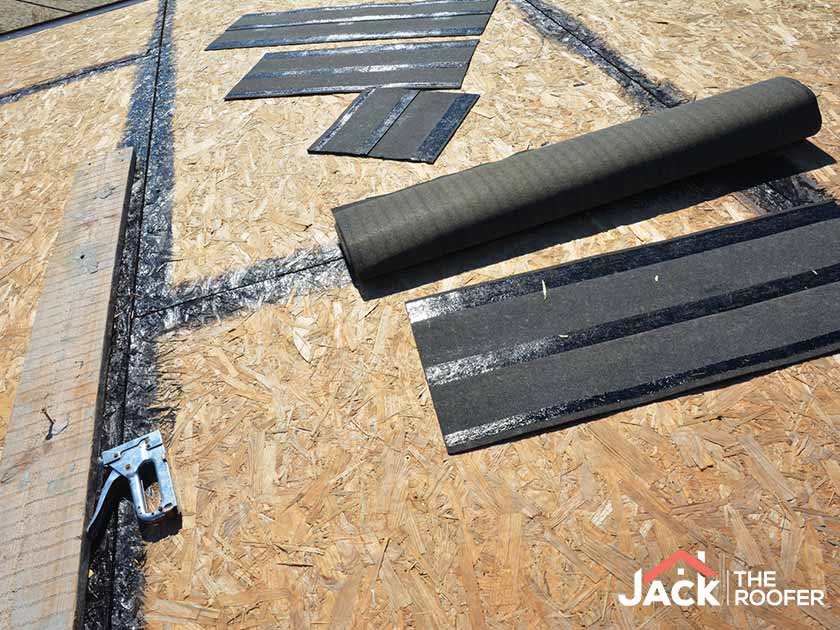Roofs are considered the most important exterior feature of every home. This also makes each of their layers a significant accent for the property – for example, the underlayment. This should be installed under all your roofing materials as an extra layer of water penetration protection from weather damage and other elements.
.jpg)
Some may suggest that underlayment isn’t always necessary; it should still be applied to low-sloped roofs and specific high water risk locations of your home. Here are reasons why it’s still an essential feature:
-
An underlayment adds another water-resistant layer to the top of your home. With it, leaks during heavy rain, high snow accumulation and severe storms can be prevented.
-
An underlayment provides an extra cover of shielding when your roof gets damaged. This is also helpful if any of your shingles or shakes are blown away during a heavy storm. It will serve as a barrier until actual fixes are done or the shingles have been replaced by a roof repair and replacement expert.
Roof Underlayment Types
-
Most roofers relied on asphalt-saturated felt as the material to use prior to the introduction of synthetic products. Both are significantly efficient in resisting water intrusion.
-
Lately, rubberized asphalt has been used. Although rubberized asphalt is more expensive than the two traditional materials, it still contains higher percentages of asphalt and rubber polymers, making it effectively waterproof.
We’re ready to be the last roofing contractors you ever call. Not only are we rated A+ by the Better Business Bureau, but we’re also a multi-award-winning roofer with HomeAdvisor. Let Jack the Roofer help you with all your roofing needs! Call us today at (720) 807-4715, or fill out our contact form. We serve clients in Castle Rock and Aurora.

